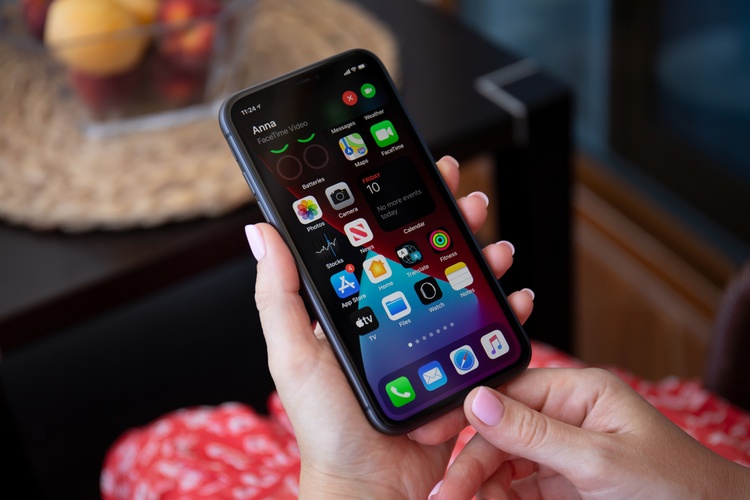Holographic Smartphones: The Next Dimension in Mobile Tech
In a world where smartphone innovation seems to have plateaued, a groundbreaking technology is poised to revolutionize our mobile experience. Holographic displays are no longer confined to the realm of science fiction; they're on the verge of becoming a tangible reality in our pockets. This leap forward promises to transform how we interact with our devices, offering a three-dimensional interface that could redefine the boundaries of mobile computing.

How Holographic Smartphones Work
At the heart of holographic smartphone technology lies a complex interplay of optics and computing power. These devices use a combination of light field displays and advanced algorithms to project three-dimensional images that appear to float above the screen. Unlike traditional displays that emit light in all directions, holographic displays control the direction of each light ray, creating the illusion of depth and dimensionality.
The Hardware Hurdles
Implementing holographic technology in smartphones presents significant hardware challenges. The displays require incredibly high pixel densities and refresh rates to create convincing 3D images. Additionally, the processing power needed to render real-time holograms is substantial, pushing the limits of current mobile chipsets. Manufacturers are exploring custom silicon solutions and novel cooling systems to address these hurdles.
Software: The Unsung Hero
While hardware innovations grab headlines, software development is equally crucial for holographic smartphones. New operating systems and user interfaces are being designed from the ground up to take advantage of three-dimensional space. Gesture recognition algorithms and spatial computing frameworks are evolving to interpret user interactions in a 3D environment, paving the way for intuitive holographic interfaces.
Potential Applications and Use Cases
The applications for holographic smartphones extend far beyond novelty. In gaming, players could experience truly immersive 3D environments without the need for bulky VR headsets. Video calls could feel more lifelike, with holographic projections of callers appearing in the room. For professionals, 3D modeling and visualization tools could become more accessible and portable, revolutionizing fields like architecture and product design.
Market Impact and Consumer Readiness
As with any emerging technology, the success of holographic smartphones will hinge on consumer adoption. Early estimates suggest that these devices could command a premium price point, potentially ranging from $1,500 to $2,500 at launch. This positions them as luxury items initially, but as with past innovations, prices are expected to decrease as the technology matures.
Challenges and Limitations
Despite the excitement, holographic smartphones face several challenges. Battery life is a significant concern, as powering holographic displays and processing 3D content is energy-intensive. There’s also the question of content creation – developing applications and media for holographic displays requires new tools and expertise, potentially slowing initial content availability.
The Road Ahead
While fully-realized holographic smartphones may still be a few years away from mass market availability, several tech giants and startups are making significant strides. Companies like Samsung, Apple, and newcomers like Light Field Lab are investing heavily in this technology. Industry analysts predict we could see the first consumer-ready holographic smartphones hit the market within the next 3-5 years.
Conclusion
Holographic smartphones represent a paradigm shift in mobile technology, offering a glimpse into a future where the lines between digital and physical reality blur. As technical challenges are overcome and the ecosystem matures, these devices have the potential to redefine our relationship with technology. While questions remain about practicality and adoption, one thing is clear: the next dimension in mobile tech is on its way, and it promises to be nothing short of revolutionary.





